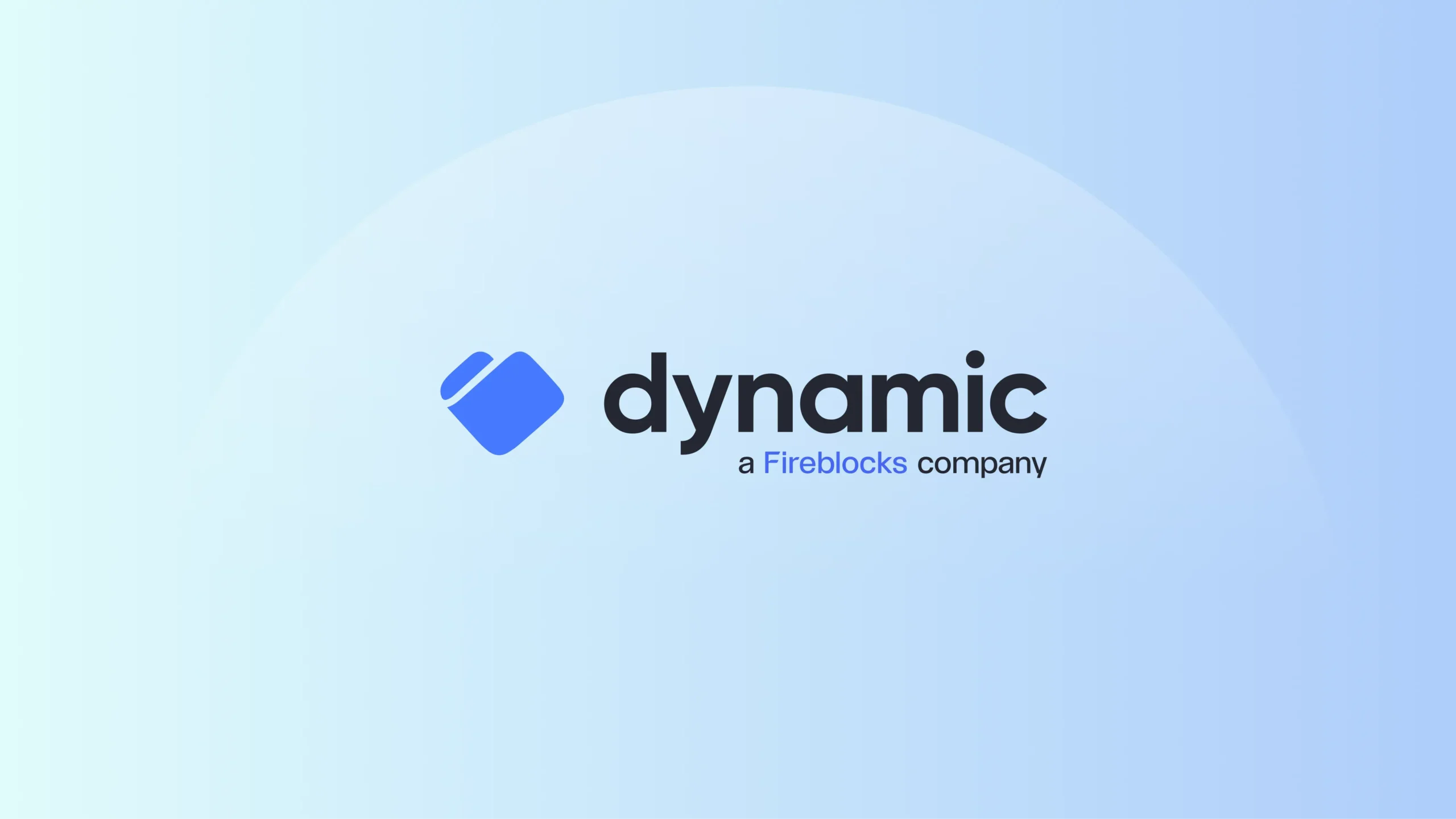Stablecoins have moved beyond early experimentation, as Fireblocks’ State of Stablecoins 2025 report shows. Based on insights from nearly 300 C-suite executives across banking, fintech, and crypto-native firms, the findings indicate a clear shift from pilot programmes to operational deployment.
In Europe, that shift is unfolding with measured intent—driven by regulatory clarity, infrastructure readiness, and a clear focus on competitive positioning. Key indicators from the report help explain how stablecoins are being integrated into institutional payments infrastructure across the region.
Europe takes a measured approach to stablecoin integration
Europe’s path differs from other regions not in ambition, but in pace. The introduction of MiCA, alongside regulatory progress in the UK, has provided a level of clarity many global peers are still seeking. Only 18% of European respondents cite regulation as a barrier to adoption, and 58% are already using or planning to use stablecoins in payment flows.
This is not a matter of hesitation. It reflects deliberate planning. Institutions across the region are working to ensure stablecoin integrations are robust, secure, and aligned with existing compliance standards.
Clarity from MiCA is opening a path to competitive positioning
Whereas growth-oriented metrics dominate globally, in Europe, 37% of firms cite competitive pressure as their primary driver for stablecoin adoption—the highest of any region.
With MiCA offering greater regulatory clarity, many institutions are now looking to establish a competitive position within a more clearly defined framework. Rather than holding back for guidance, firms are beginning to shape their own strategies, knowing the regulatory guardrails are better understood.
Our client Banking Circle is a clear example of this shift in motion.
As the first European bank to issue a MiCA-compliant stablecoin, EURI, they’ve acted decisively to support PSPs and financial institutions handling cross-border payments for merchants and B2B platforms.
Their clients need stable, fast, and transparent settlement. EURI addresses these demands through features such as on-chain escrow, instant redemption, and 24/7 availability.
Banking Circle has used MiCA as a foundation—not a prompt for delay, but a framework for delivering a live, differentiated product.
As adoption moves forward, security anchors execution
Security continues to feature prominently in the European response. Legacy infrastructure risks were cited by 42% of respondents, and 37% called for more secure payment rails. That focus carries through to realised value as well—35% already view enhanced security as one of the key benefits of stablecoin adoption.
This mirrors what we hear from clients across Europe: priorities shift once stablecoin adoption moves from concept to practical implementation. Initial interest is often driven by the transformative potential of the technology. But as teams move closer to execution, the focus turns quickly to managing risk and ensuring stability at scale.
In this context, security is no longer a precondition to be satisfied—it becomes a foundational design principle embedded across the entire payments architecture.
Readiness is high—but execution depends on expertise and quality
By many measures, Europe is well-positioned to scale. Eighty-five percent of respondents report that their infrastructure is ready, and 88% have already established partnerships to support stablecoin flows.
Payment service provider Orbital, for example, has been using Fireblocks for over five years now for its digital asset custody infrastructure offering pay-ins, payouts, conversion, global accounts in both fiat and crypto currencies. Today’s payment players can rely on battle-tested, enterprise-grade partners.
Nonetheless, internal expertise remains a challenge for many institutions. While 22% of respondents cite general capability gaps, another 20% specifically highlight compliance-related complexity as a barrier to adoption. That’s why infrastructure must offer built-in compliance capabilities. This includes real-time transaction and wallet screening, automated support for AML, KYC, Travel Rule, and OFAC requirements, embedded sanctioned wallet blocking, and audit-ready reporting—all essential for meeting regulatory expectations at scale.
And Fireblocks’ CEO Michael Shaulov said it clearly during his fireside chat at Consensus 2025: the security of payment providers’ stablecoin infrastructure is non-negotiable because stablecoin transactions are final—there are no chargebacks. The wallet and rails architecture must be airtight from day one.
Building stablecoin infrastructure into the fabric of European payments
The State of Stablecoins confirms what we see on the ground: stablecoin adoption in Europe is progressing with purpose. Institutions focused on readiness and execution are already moving ahead—and Fireblocks is working alongside them, supporting over 300 payments providers, fintechs, and banks. The pace may be measured, but the direction is clear. We look forward to speaking with you about how to make that progress possible in your organisation.
